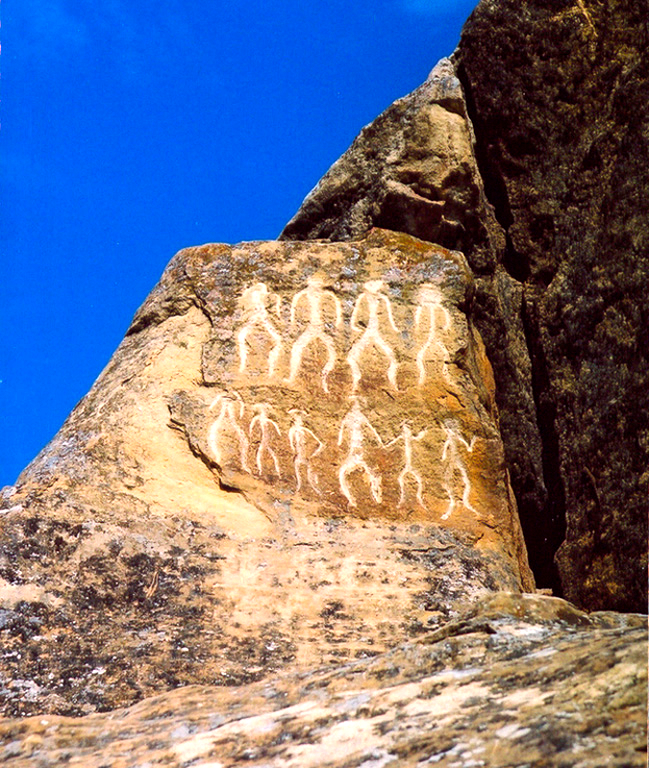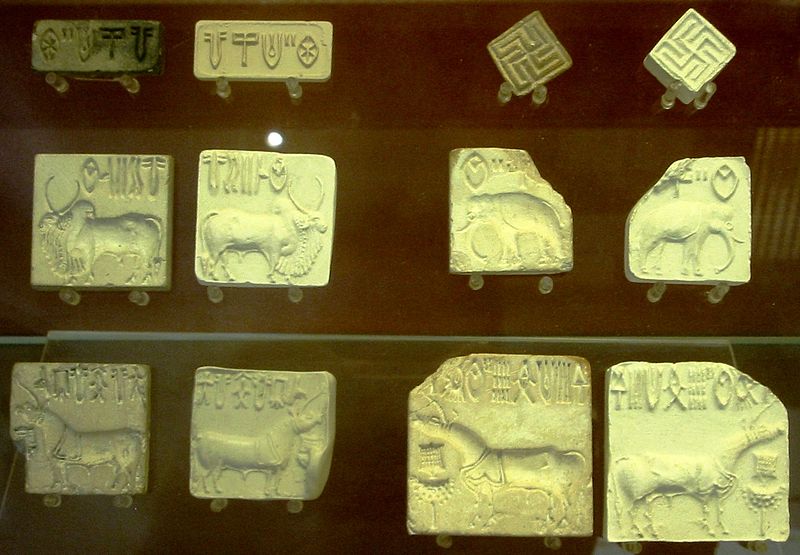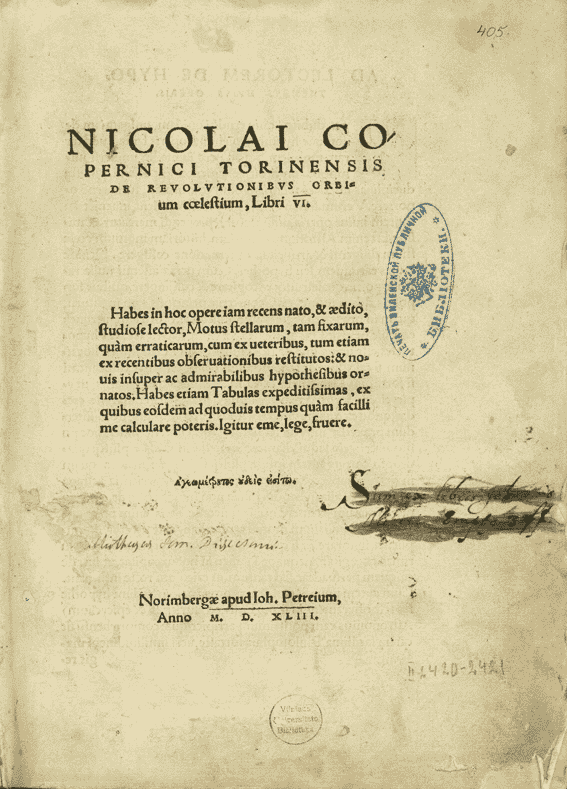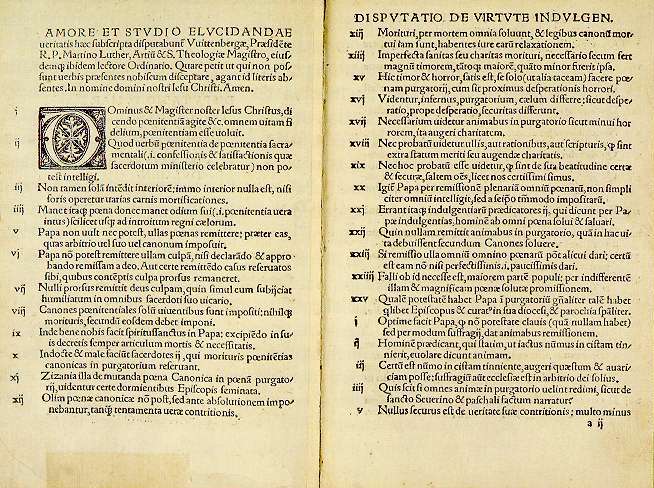Fifth Information Revolution
The essence of a social phenomenon is the fact of interaction between individuals and groups.
Pitirim Sorokin
Disclaimer: all of the following is a fruit of the author's sick imagination, and not a translation, a creative retelling or some other form of plagiarism. Fair.
 The first information revolution began about 40 thousand years ago. Up to this point, human ancestors have evolved at a rather slow pace at least several million years. However, during the Late Paleolithic period (it began about 40 thousand years ago - it ended about 10 thousand years ago) a number of the most important processes occur, which fit into a rather short period by archaeological standards:
The first information revolution began about 40 thousand years ago. Up to this point, human ancestors have evolved at a rather slow pace at least several million years. However, during the Late Paleolithic period (it began about 40 thousand years ago - it ended about 10 thousand years ago) a number of the most important processes occur, which fit into a rather short period by archaeological standards:
')
a) accelerated technical progress; for the first time, the evolution rate of the guns exceeded the rate of change of the human body itself (see here with illustrations);
b) the expansion of homo sapiens to Europe began; By itself, the species Sapiens appeared, presumably, in Africa about 130-150 thousand years ago, and 50-55 thousand years ago already undertook expansion to Asia. However, it was in Europe that the sapiens met with serious competition with other members of the homo family - Neanderthals. Now there is no consensus whether this was a direct clash or two kinds of competing for resources, but, anyway, the Neanderthals were defeated. The European branch of homo sapiens is called Cro-Magnon;
c) art was born; The most ancient of the now known cave paintings were made about 35-40 thousand years ago. The most ancient of the European rock carvings belong to the 30-32 thousand BC. and found in the Chauvet cave (one of them is listed on the left).
And here is the information revolution, you ask? The fact is that during this period another specifically human phenomenon arises:
At the moment there is no clear idea about the process of speech. We simply state that at the same time as the events indicated above, speech arose. It remains an open question how large, ultimately, the contribution made by the appearance of speech to the final dominance of the Cro-Magnons. There is a very bold theory of B.P. Porshnev, who considers speech to be not just one of the factors, but the real boundary separating man himself from his human-like ancestors; accordingly, it was speech that caused the acceleration of technical progress, which eventually overtook nature. A summary of the Porshnev hypothesis can be found here , with the original source here .
Anyway, it is the ability to transfer the experience gained in life in the form of abstract concepts that distinguishes man from other animals (some of which demonstrate quite good intelligence, but none of which demonstrate any significant transfer of knowledge between generations), and human society from animal populations. It is safe to say that the appearance of speech made not the last contribution to the development of mankind in the late Paleolithic.
The late Paleolithic ended about 10 thousand years ago with a real revolution, known as the “Neolithic” - the transition of man from hunting and gathering to farming and cattle breeding. Such a revolution looks absolutely incredible in the absence of a mechanism for the accumulation and transmission of information — speech.
The second information revolution took place about 5 thousand years ago: writing appeared. Actually, the “historical” and “prehistoric” periods are usually divided according to the moment of the appearance of the first written evidence of history. The oldest known artifacts - the so-called. "Plate from Kish" - was created around 3500 BC. Sumerians.
The above cave paintings gradually turned into petroglyphs - symbolic images, pictograms, with an obvious informational meaning. The oldest petroglyphs date back to about the 10th millennium BC. and fall on the period of the Neolithic revolution. This is what ancient petroglyphs in Kobustan (Azerbaijan) look like:

Gradually, petroglyphs turned into a pictographic letter (each word was designated by its stylized image), which in turn turned into ideographic letter (the icon began to denote not only the object, but also some related concept) and further to the phonetic (the icon began to denote sound).
The appearance of writing helped to level some of the shortcomings of verbal communication - it allowed to keep the text unchanged for a long time, hid the imperfection of human memory and allowed to keep records.
Surprisingly, the emergence of writing coincides with the appearance of the first civilizations: at the same time, around 3500 BC. the first civilization is being born - Sumerian. Apparently, all the ancient civilizations had their own written language, although I did not find any research on this topic. In any case, all three civilizations that are considered to be the most ancient, Sumerian, Ancient Egyptian, and Harappa, were possessed by it, and everywhere the appearance of writing coincides with the actual appearance of civilization.
In general, this coincidence seems quite explicable for many reasons:
a) the emergence of a hierarchy of power requires having the opportunity to document orders and document them to the performers, including at significant distances;
b) the emergence of complex technological processes (such as irrigation systems in ancient Egypt) requires accurate knowledge and instructions;
c) finally, a civilization is unthinkable without historical memory; not by chance, for example, the oldest surviving written artifacts of ancient Egypt - the so-called. Palermo Stone is nothing more than a chronicle.

The appearance of writing has opened up completely new perspectives for the accumulation of knowledge, but even it was not free from shortcomings - first of all, it is the high cost of the information carrier and the impossibility of creating a copy of the carrier. After only two and a half thousand years, these problems were finally solved, and the third information revolution took place.
Generally speaking, the idea of applying an image using an imprint of a printed form appeared almost simultaneously with writing. So, for example, the seals of the mentioned Harappan civilization looked like:

Printing on silk is known in China from the 3rd century AD, printing from wooden planks (woodcut) from the 7th, typesetting was invented in the 11th century, and metallic letters in the 15th. (I did not deal with the issues of Chinese book publishing, but I can quite safely assume that the information revolution did not occur due to the extreme unsuitability of Chinese writing for publishing books in a typographical way.)
However, cutting text on a tree or clay was in itself a task far more complicated than rewriting a book; in addition, a board that was once cut out or a stamp made could not be used to print other text. Mass printing itself became possible with the invention of movable metallic letters, moreover, for phonetic languages (such, where the sign — the letter — denotes sound).

The movable typographic font was invented by Johannes Gutenberg in the 40s of the 15th century. (Although the Chinese invented mobile letters earlier, they nevertheless switched to the use of metal later by Gutenberg). Surprisingly (for the third time in a row), the information revolution takes place at the turn of a change of epochs, in this case at the turn of the New Age.
At first glance, it may seem that the connection between typography and the change of epochs is rather random, but upon careful examination one can be convinced that this is not so. The ideas that blew up the world were written precisely in print form. Here is the title page of the treatise “On the Appeal of the Celestial Spheres” by Nicolaus Copernicus:

And here are the 95 theses of Martin Luther:

After all, the heliocentric system of the world was expounded by Aristarchus of Samos as early as the 3rd century BC; but as a generally accepted scientific concept, it was established only nearly two millennia later. It was the typography that made it possible to create some common information space in which the scientific and cultural thought of the New Age was moving.
In addition, typography has created a division of labor that is key to understanding modern copyright problems: those who write books (authors) and those who present these books to the public (publishers) stand out separately. It is no accident that copyright (the statute of Anna) arises precisely with the development of typography. At the same time, the author’s and the publisher’s model of remuneration is formed by copies.
But the influence of the printing press on civilization was not limited to books: besides them, the printing press was also suitable for the manufacture of newspapers. The newspapers themselves were known from the time of Ancient Rome, but their high cost made them available only to the nobility. In the 16th century, there is a tendency to drastically reduce the cost of newspapers, and in the 17th century they become the most important policy tool. For the French La Gazette, King Louis XIII himself and Cardinal de Richelieu wrote. A cheap and mass newspaper has become the tool that allowed politically linking scattered lands into a single state. In the 18th century, for the first time in the history of mankind, such a phenomenon as a “nation” was formed (not to be confused with nationality).
Yes, until the 18th century there was no such thing. The word "nation" meant the particular place, city or region where a person was born. “Nations” in the sense of a certain community of people submitting to a certain national power did not exist, and could not be simply due to the absence of a mechanism for linking fragmented small “nations” into a single whole (for more details see Eric Hobsbaum, “Nations and Nationalism after 1780”). It seems that newspapers and typography were the very means that bound the nation together. Finally, nations and nation states took shape in the 19th century, and the First World War can be considered the culmination of this process.
Continuation - here .
I hereby convey the above text to the public domain.
Pitirim Sorokin
Disclaimer: all of the following is a fruit of the author's sick imagination, and not a translation, a creative retelling or some other form of plagiarism. Fair.
 The first information revolution began about 40 thousand years ago. Up to this point, human ancestors have evolved at a rather slow pace at least several million years. However, during the Late Paleolithic period (it began about 40 thousand years ago - it ended about 10 thousand years ago) a number of the most important processes occur, which fit into a rather short period by archaeological standards:
The first information revolution began about 40 thousand years ago. Up to this point, human ancestors have evolved at a rather slow pace at least several million years. However, during the Late Paleolithic period (it began about 40 thousand years ago - it ended about 10 thousand years ago) a number of the most important processes occur, which fit into a rather short period by archaeological standards:')
a) accelerated technical progress; for the first time, the evolution rate of the guns exceeded the rate of change of the human body itself (see here with illustrations);
b) the expansion of homo sapiens to Europe began; By itself, the species Sapiens appeared, presumably, in Africa about 130-150 thousand years ago, and 50-55 thousand years ago already undertook expansion to Asia. However, it was in Europe that the sapiens met with serious competition with other members of the homo family - Neanderthals. Now there is no consensus whether this was a direct clash or two kinds of competing for resources, but, anyway, the Neanderthals were defeated. The European branch of homo sapiens is called Cro-Magnon;
c) art was born; The most ancient of the now known cave paintings were made about 35-40 thousand years ago. The most ancient of the European rock carvings belong to the 30-32 thousand BC. and found in the Chauvet cave (one of them is listed on the left).
And here is the information revolution, you ask? The fact is that during this period another specifically human phenomenon arises:
Speech
At the moment there is no clear idea about the process of speech. We simply state that at the same time as the events indicated above, speech arose. It remains an open question how large, ultimately, the contribution made by the appearance of speech to the final dominance of the Cro-Magnons. There is a very bold theory of B.P. Porshnev, who considers speech to be not just one of the factors, but the real boundary separating man himself from his human-like ancestors; accordingly, it was speech that caused the acceleration of technical progress, which eventually overtook nature. A summary of the Porshnev hypothesis can be found here , with the original source here .
Anyway, it is the ability to transfer the experience gained in life in the form of abstract concepts that distinguishes man from other animals (some of which demonstrate quite good intelligence, but none of which demonstrate any significant transfer of knowledge between generations), and human society from animal populations. It is safe to say that the appearance of speech made not the last contribution to the development of mankind in the late Paleolithic.
The late Paleolithic ended about 10 thousand years ago with a real revolution, known as the “Neolithic” - the transition of man from hunting and gathering to farming and cattle breeding. Such a revolution looks absolutely incredible in the absence of a mechanism for the accumulation and transmission of information — speech.
Writing
The second information revolution took place about 5 thousand years ago: writing appeared. Actually, the “historical” and “prehistoric” periods are usually divided according to the moment of the appearance of the first written evidence of history. The oldest known artifacts - the so-called. "Plate from Kish" - was created around 3500 BC. Sumerians.
The above cave paintings gradually turned into petroglyphs - symbolic images, pictograms, with an obvious informational meaning. The oldest petroglyphs date back to about the 10th millennium BC. and fall on the period of the Neolithic revolution. This is what ancient petroglyphs in Kobustan (Azerbaijan) look like:

Gradually, petroglyphs turned into a pictographic letter (each word was designated by its stylized image), which in turn turned into ideographic letter (the icon began to denote not only the object, but also some related concept) and further to the phonetic (the icon began to denote sound).
The appearance of writing helped to level some of the shortcomings of verbal communication - it allowed to keep the text unchanged for a long time, hid the imperfection of human memory and allowed to keep records.
Surprisingly, the emergence of writing coincides with the appearance of the first civilizations: at the same time, around 3500 BC. the first civilization is being born - Sumerian. Apparently, all the ancient civilizations had their own written language, although I did not find any research on this topic. In any case, all three civilizations that are considered to be the most ancient, Sumerian, Ancient Egyptian, and Harappa, were possessed by it, and everywhere the appearance of writing coincides with the actual appearance of civilization.
In general, this coincidence seems quite explicable for many reasons:
a) the emergence of a hierarchy of power requires having the opportunity to document orders and document them to the performers, including at significant distances;
b) the emergence of complex technological processes (such as irrigation systems in ancient Egypt) requires accurate knowledge and instructions;
c) finally, a civilization is unthinkable without historical memory; not by chance, for example, the oldest surviving written artifacts of ancient Egypt - the so-called. Palermo Stone is nothing more than a chronicle.

The appearance of writing has opened up completely new perspectives for the accumulation of knowledge, but even it was not free from shortcomings - first of all, it is the high cost of the information carrier and the impossibility of creating a copy of the carrier. After only two and a half thousand years, these problems were finally solved, and the third information revolution took place.
Typography
Generally speaking, the idea of applying an image using an imprint of a printed form appeared almost simultaneously with writing. So, for example, the seals of the mentioned Harappan civilization looked like:

Printing on silk is known in China from the 3rd century AD, printing from wooden planks (woodcut) from the 7th, typesetting was invented in the 11th century, and metallic letters in the 15th. (I did not deal with the issues of Chinese book publishing, but I can quite safely assume that the information revolution did not occur due to the extreme unsuitability of Chinese writing for publishing books in a typographical way.)
However, cutting text on a tree or clay was in itself a task far more complicated than rewriting a book; in addition, a board that was once cut out or a stamp made could not be used to print other text. Mass printing itself became possible with the invention of movable metallic letters, moreover, for phonetic languages (such, where the sign — the letter — denotes sound).

The movable typographic font was invented by Johannes Gutenberg in the 40s of the 15th century. (Although the Chinese invented mobile letters earlier, they nevertheless switched to the use of metal later by Gutenberg). Surprisingly (for the third time in a row), the information revolution takes place at the turn of a change of epochs, in this case at the turn of the New Age.
At first glance, it may seem that the connection between typography and the change of epochs is rather random, but upon careful examination one can be convinced that this is not so. The ideas that blew up the world were written precisely in print form. Here is the title page of the treatise “On the Appeal of the Celestial Spheres” by Nicolaus Copernicus:

And here are the 95 theses of Martin Luther:

After all, the heliocentric system of the world was expounded by Aristarchus of Samos as early as the 3rd century BC; but as a generally accepted scientific concept, it was established only nearly two millennia later. It was the typography that made it possible to create some common information space in which the scientific and cultural thought of the New Age was moving.
In addition, typography has created a division of labor that is key to understanding modern copyright problems: those who write books (authors) and those who present these books to the public (publishers) stand out separately. It is no accident that copyright (the statute of Anna) arises precisely with the development of typography. At the same time, the author’s and the publisher’s model of remuneration is formed by copies.
But the influence of the printing press on civilization was not limited to books: besides them, the printing press was also suitable for the manufacture of newspapers. The newspapers themselves were known from the time of Ancient Rome, but their high cost made them available only to the nobility. In the 16th century, there is a tendency to drastically reduce the cost of newspapers, and in the 17th century they become the most important policy tool. For the French La Gazette, King Louis XIII himself and Cardinal de Richelieu wrote. A cheap and mass newspaper has become the tool that allowed politically linking scattered lands into a single state. In the 18th century, for the first time in the history of mankind, such a phenomenon as a “nation” was formed (not to be confused with nationality).
Yes, until the 18th century there was no such thing. The word "nation" meant the particular place, city or region where a person was born. “Nations” in the sense of a certain community of people submitting to a certain national power did not exist, and could not be simply due to the absence of a mechanism for linking fragmented small “nations” into a single whole (for more details see Eric Hobsbaum, “Nations and Nationalism after 1780”). It seems that newspapers and typography were the very means that bound the nation together. Finally, nations and nation states took shape in the 19th century, and the First World War can be considered the culmination of this process.
Continuation - here .
I hereby convey the above text to the public domain.
Source: https://habr.com/ru/post/106253/
All Articles